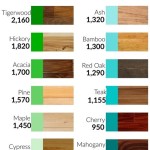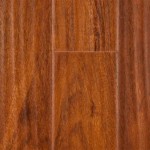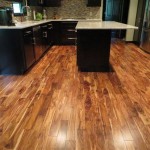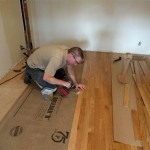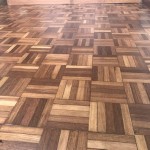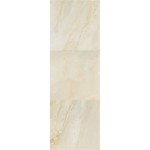Installing Engineered Hardwood Flooring on Plywood: A Comprehensive Guide
Engineered hardwood flooring, known for its durability, stability, and aesthetic appeal, can significantly elevate the ambiance of any room. Installing it on plywood subflooring requires meticulous planning and careful execution. Here's a comprehensive guide to help you achieve a professional-looking and long-lasting installation:
1. Subfloor Preparation
Ensure your plywood subfloor is level, dry, and free of any imperfections. Use a moisture meter to measure moisture levels below 12%. Level any uneven areas with a floor leveler or sanding. Fill any gaps or cracks with wood filler and smooth the surface with a sander.
2. Underlayment Installation
Apply an underlayment, such as a moisture barrier or acoustic underlayment, over the plywood subfloor. This will provide additional moisture protection, reduce noise, and enhance the overall comfort of the flooring.
3. Engineered Hardwood Selection
Choose the appropriate engineered hardwood flooring based on your desired aesthetics, durability requirements, and budget. Consider factors such as species, thickness, finish, and plank size.
4. Acclimatization
Before installation, allow the engineered hardwood flooring to acclimatize to the room's temperature and humidity for at least 48 hours. This is crucial to minimize potential issues caused by moisture or temperature fluctuations.
5. Installation Method
Engineered hardwood flooring can be installed using various methods, including nailing, stapling, or floating. Choose the method that best suits your specific flooring and subfloor. Refer to the manufacturer's instructions for appropriate spacing, nail or staple gauge, and other installation details.
6. Moisture Control
Moisture is the primary enemy of engineered hardwood flooring. Use a vapor barrier or moisture-resistant glue to prevent moisture from seeping up through the subfloor. Leave a 1/4-inch expansion gap around the perimeter of the room to allow for seasonal movement.
7. Finishing Touches
After installation, clean the floor thoroughly and apply any desired protective treatments, such as a sealant or polyurethane finish. These finishes will enhance the durability, beauty, and longevity of your engineered hardwood flooring.
Tips for a Smooth Installation:
- Use a quality underlayment and moisture barrier.
- Acclimate the flooring properly to prevent buckling or gapping.
- Follow the manufacturer's instructions carefully.
- Work in a well-ventilated area.
- Start the installation in the center of the room and work your way out.
- Allow ample time for the installation process.
- Take your time and do the job right.

How To Install An Engineered Hardwood Floor

How To Install Lock Engineered Hardwood Flooring

How To Install Lock Engineered Hardwood Flooring

How To Install Lock Engineered Hardwood Flooring

Guide How To Install Engineered Hardwood Floors

How To Install Lock Engineered Hardwood Flooring

How To Install Engineered Hardwood Floors 4 Easy Installation Options

How To Install Lock Engineered Hardwood Flooring

Which Method Should I Use To Install My Engineered Wood Floor Tesoro Woods

How To Install Engineered Hardwood Flooring Without Professionals
Related Posts

